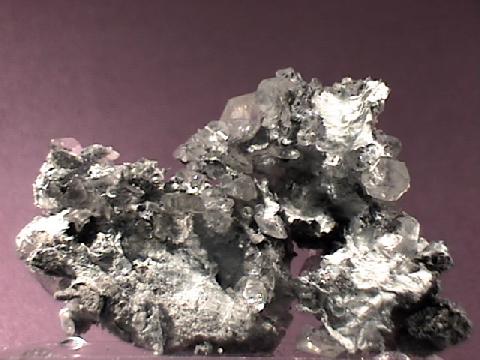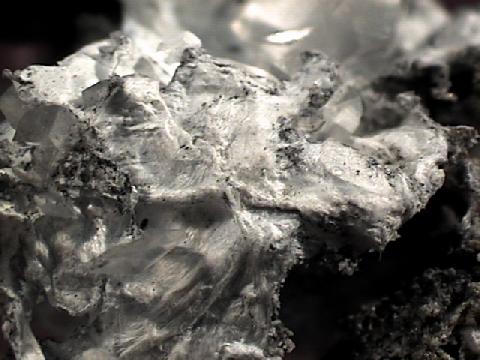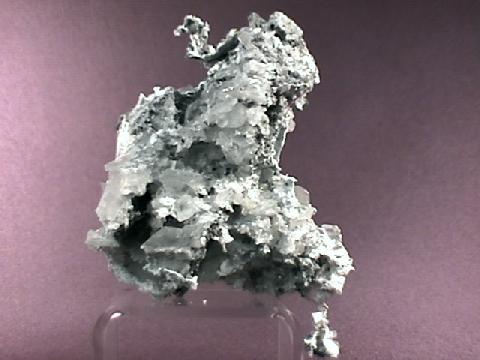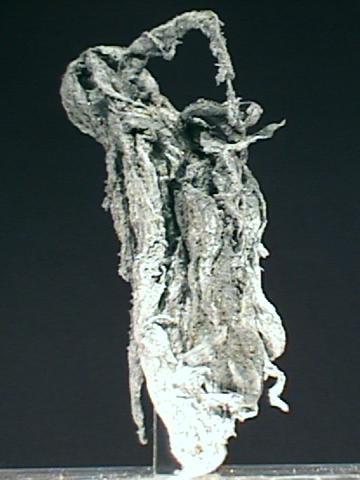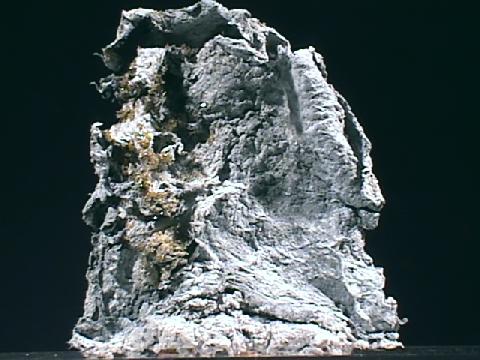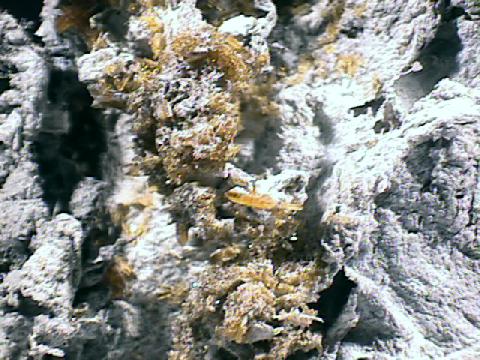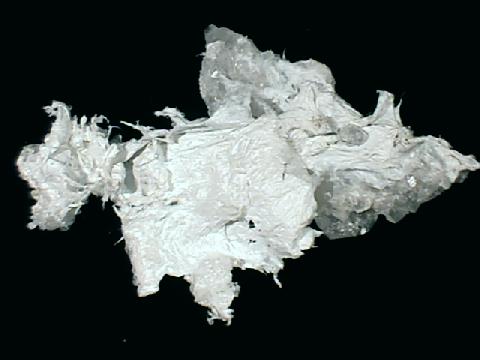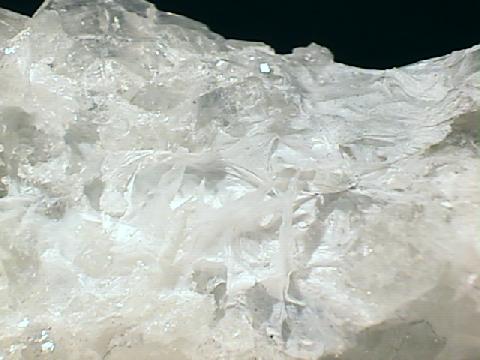 THE
MINERAL PALYGORSKITE
THE
MINERAL PALYGORSKITE
- Chemistry: (Mg, Al)2Si4O10(OH) - 4H2O, Hydrated Magnesium Aluminum Silicate Hydroxide.
- Class: Silicates
- Subclass: Phyllosilicates
- Group: Clays
- Uses: Only as mineral specimens.
Specimens
Palygorskite, also known as attapulgite, is an odd mineral. It forms matted felted masses that closely resemble woven cloth. In fact, an informal name for this natural fabric is "Mountain Leather" and appears with attached calcite crystals that look like interwoven glass beads.
Palygorskite is often classified as a clay mineral because it is present in some soils and behaves like many other clay minerals. Unlike most other clay minerals, palygorskite can form large crystals. Palygorskite is found in hydrothermal deposits, soils and along faults often lining the slicken sides of fault lines.
PHYSICAL CHARACTERISTICS:
- Color is white, gray pale lavender.
- Luster is silky to dull.
- Transparency: Crystals are transparent to translucent.
- Crystal System is monoclinic; 2/m
- Crystal Habits include fibrous felted masses termed "Mountain Leather" as well as disseminated grains and platy crystals.
- Cleavage is perfect in one direction producing thin sheets or flakes.
- Fracture is not readily observed due to cleavage, but is uneven.
- Hardness is less than 2.
- Specific Gravity is approximately 2.2+ (well below average)
- Streak is white.
- Other Characteristics: Thin crystal sheets are flexible.
- Associated Minerals include calcite, clays and serpentine.
- Notable Occurrences include Pend Oreille Mine, Metaline Falls, Washington (good "Mountain Leather" source) and Arizona, USA; Morocco; Molotov Mining District of the Ural Mountains in Russia and the Shetland Islands.
- Best Field Indicators are crystal habit, flexible sheets, environments and associations.

